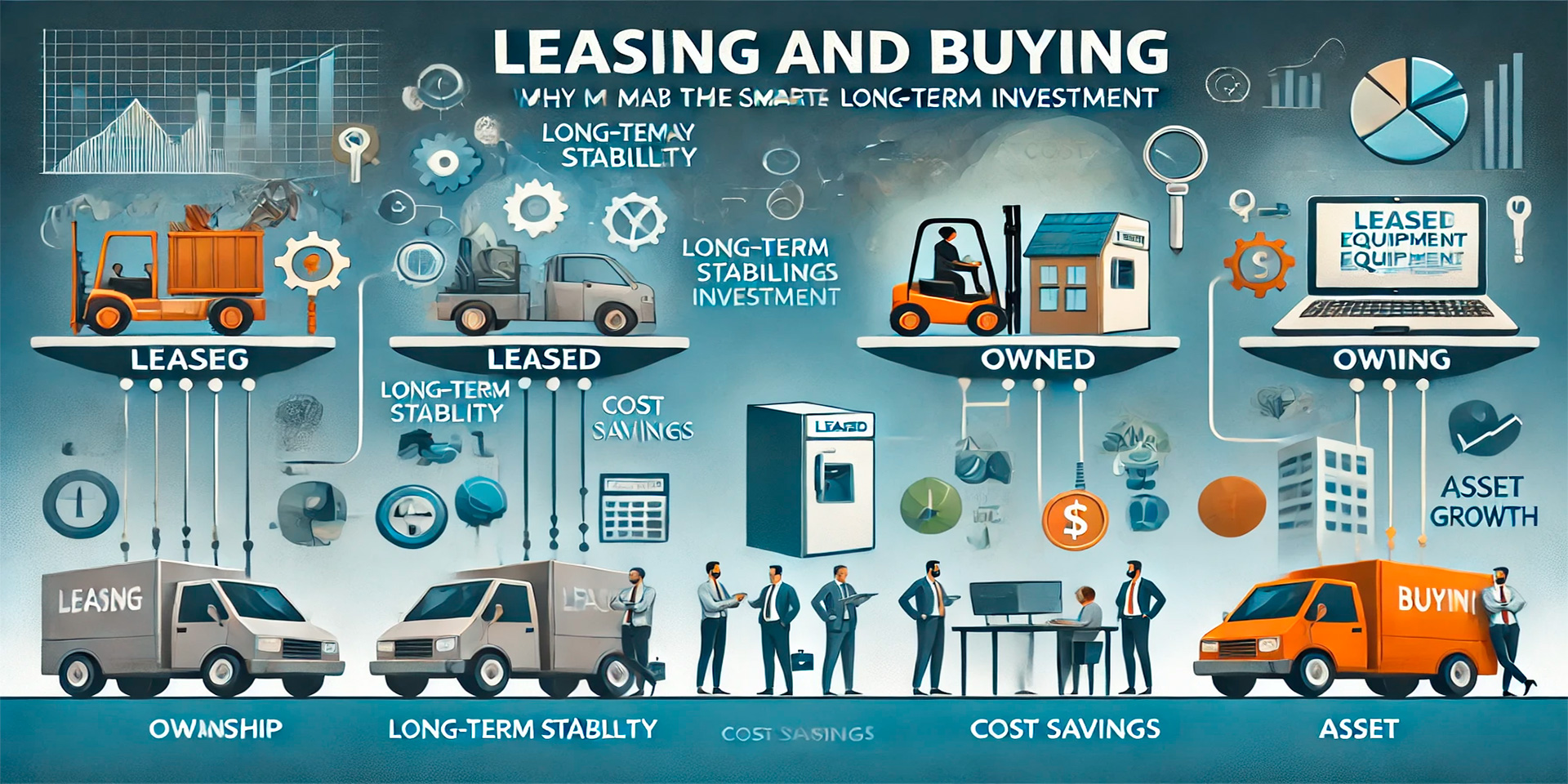Leasing has become a vital tool in international business, offering companies across borders the flexibility and financial advantage of acquiring equipment, property, or other assets without the upfront costs of purchasing. As global trade continues to expand, leasing plays an increasingly important role in helping businesses manage their capital, reduce risk, and access the tools they need to operate effectively in multiple countries. However, leasing in international transactions brings additional complexities, from legal and tax considerations to currency fluctuations and cultural differences.
This article explores how leasing agreements work in cross-border transactions and what businesses need to know to navigate this process successfully.
Legal Considerations in International Leasing
Leasing agreements in international business transactions are subject to the legal frameworks of multiple jurisdictions, which can complicate negotiations and enforcement. The lessor and lessee may be operating under different legal systems, meaning that contract terms must account for varying regulations related to leasing, property rights, and commercial law. Businesses must ensure that their lease agreements comply with the laws of both the country where the asset is located and the country of the lessor or lessee.
One common solution is to use internationally recognized leasing contracts, often governed by laws that are favorable to both parties. Many international leases are structured under frameworks such as the UNIDROIT Convention on International Financial Leasing, which provides a set of principles for leasing across borders. By following established guidelines, businesses can minimize legal disputes and ensure that both parties are protected under international law.
Another key consideration is the enforcement of lease agreements. Businesses must account for how disputes will be resolved, particularly if the lessor and lessee are in different countries. International arbitration is often used as a means to settle disputes, providing a neutral forum for resolving conflicts.

Tax and Regulatory Differences
Tax implications in international leasing agreements can vary widely, depending on the jurisdictions involved. Tax laws regarding the deductibility of lease payments, treatment of depreciation, and value-added tax (VAT) differ from country to country. Companies involved in international leasing transactions must carefully assess the tax benefits or liabilities in each country, often consulting with tax advisors to understand the specific rules and regulations that apply.
In some countries, lease payments may be fully tax-deductible as operating expenses, providing financial advantages for the lessee. However, other countries may have more restrictive rules or higher tax rates on cross-border leasing. Understanding how the leased asset is taxed—whether as an operating lease or a capital lease—can have a significant impact on the overall cost of the agreement.
Similarly, import-export regulations may apply to the leasing of physical assets such as machinery or vehicles. Businesses must ensure compliance with customs duties, tariffs, and any relevant trade agreements between the countries involved in the transaction. Failure to account for these regulatory requirements can lead to additional costs or delays in leasing international assets.
Managing Currency Risk in Cross-Border Leasing
One of the key financial risks in international leasing transactions is currency fluctuation. Since the lessor and lessee may operate in different currencies, changes in exchange rates can impact the cost of lease payments and overall profitability. For example, a lessee in Europe leasing equipment from a company based in the United States may see the cost of payments increase if the euro weakens against the dollar.
To manage currency risk, businesses may opt for leasing agreements that specify payment in a stable or commonly traded currency, such as the U.S. dollar or euro. Alternatively, currency hedging strategies can be employed to mitigate the impact of exchange rate fluctuations. Currency clauses within the lease contract can also be used to account for possible fluctuations, ensuring that neither party faces undue financial burdens if currency values change during the lease term.

Logistical Challenges of Cross-Border Leasing
Leasing assets across borders can involve logistical challenges, particularly when dealing with large or complex equipment that requires transportation, installation, and maintenance. International leasing agreements often include provisions that outline which party is responsible for these logistical aspects, including the costs associated with transporting the asset to the lessee’s location.
For example, if a manufacturing company in South America leases industrial machinery from a supplier in Europe, the lease agreement may specify who handles shipping, insurance, and installation of the equipment. These logistical details are crucial to the smooth execution of the lease and should be carefully negotiated to ensure clarity and minimize disputes.
Maintenance and repair responsibilities must also be clearly defined in cross-border leases. Given the distance between lessor and lessee, regular maintenance may be more challenging to coordinate, particularly if specialized technicians or parts are needed. Leasing agreements should include provisions for how maintenance will be conducted, whether through local partners or by the lessor’s representatives.
Cultural Differences in Leasing Practices
Cultural differences can also impact leasing negotiations in international business transactions. Leasing practices, expectations, and negotiating styles may vary from one country to another, influencing how lease terms are structured and agreed upon. Understanding these cultural nuances is important for building successful leasing relationships and avoiding misunderstandings.
For instance, in some countries, long-term relationships between lessor and lessee are prioritized, and trust plays a significant role in negotiations. In others, more formal, contract-based approaches are emphasized. Being aware of these differences can help businesses adapt their leasing strategies to fit the cultural context of their international partners, ensuring smoother negotiations and stronger partnerships.
Conclusion
Leasing in international business transactions offers significant advantages for companies seeking flexibility and cost efficiency. However, it also presents challenges related to legal differences, tax implications, currency fluctuations, and logistics. By understanding the complexities of cross-border leasing agreements and preparing for these potential hurdles, businesses can navigate international leasing effectively and leverage the benefits it offers for growth and global expansion.





